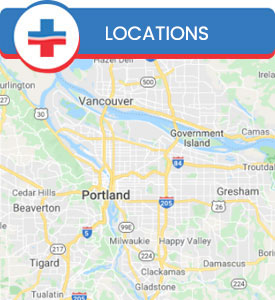What to Ask When Consulting a Burn Treatment Specialist
Burns are common injuries that can happen when the skin is exposed to heat, chemicals, electricity, or radiation. Swelling, redness, and skin peeling are all possible burn symptoms. Treatment for a burn can have a variety of benefits, such as pain relief, infection prevention, and a quicker recovery. You can reduce the risk of complications and hasten the healing process by getting care for a burn as soon as possible. At Columbia Urgent Care Clinic, we evaluate burn severity, treat the wound as needed, and prescribe medication to control pain and stop infections. For more information, contact us or schedule an appointment online. We have convenient locations to serve you at Tibbetts St Portland, Stark Street Portland, Portland, and Tigard, OR.
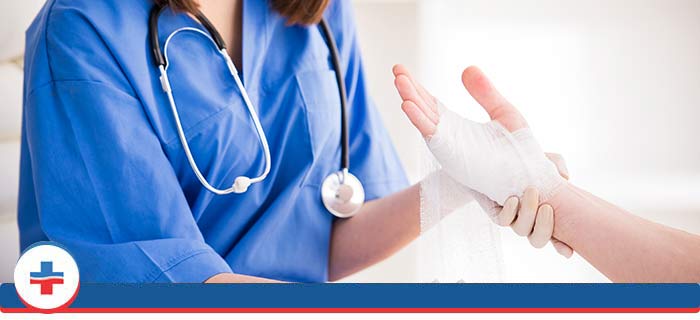
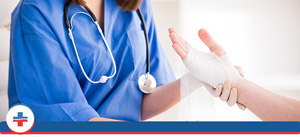
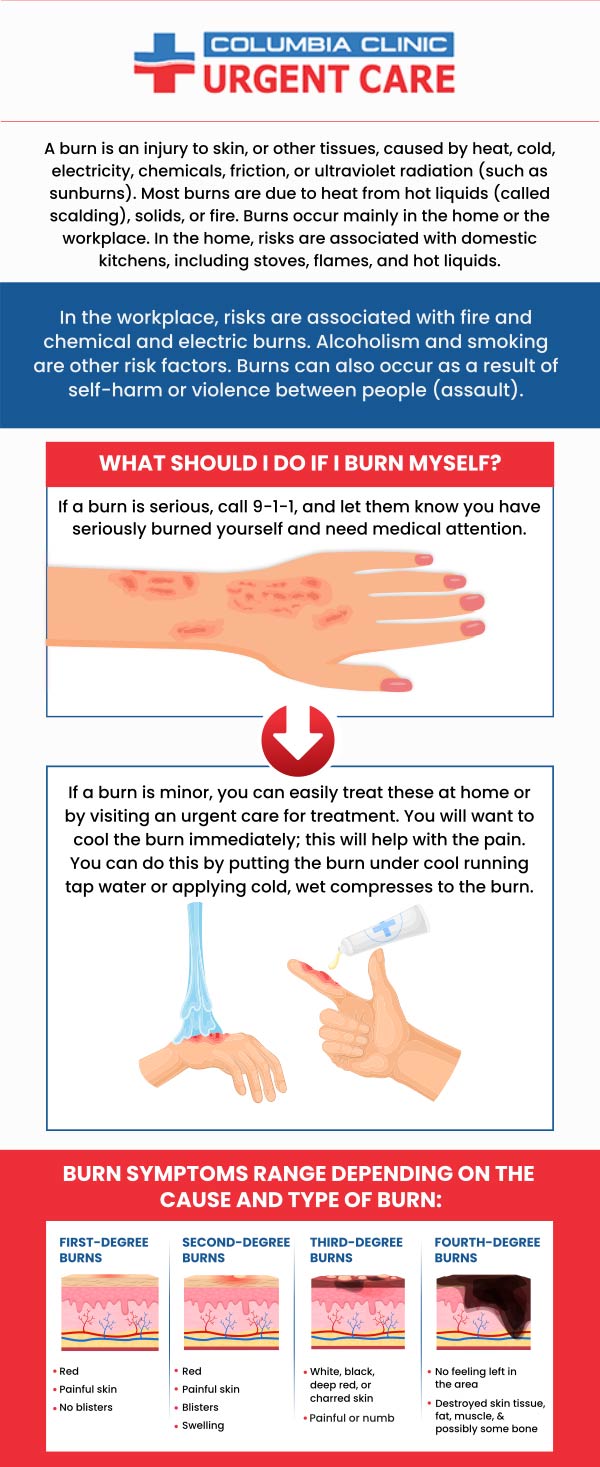
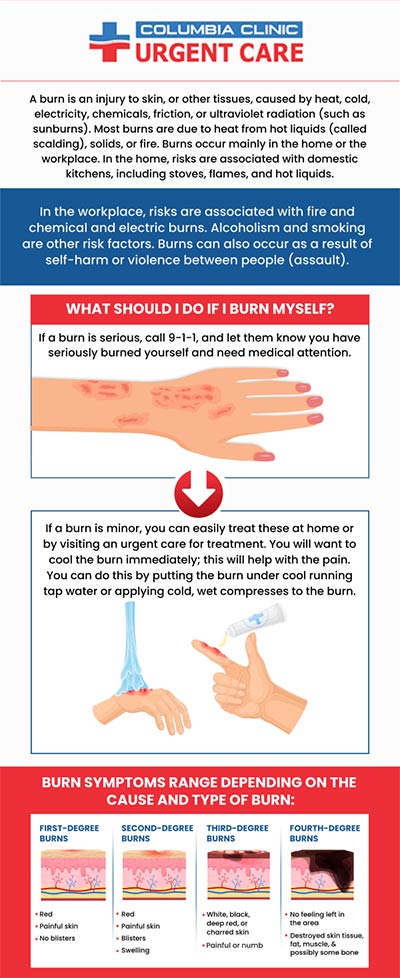
Table of Contents:
What are the types of burns?
How do you heal a burn quickly?
What should I do if I burn myself?
What doctor do I see for burns?
Burns are one of the most common injuries that people experience. Burns can occur due to a variety of factors, including fire, hot liquids, chemicals, and electricity. Understanding the different types of burns is important to properly treat them and prevent serious complications. This comprehensive guide will provide information on the three main types of burns: first-degree, second-degree, and third-degree.
First-degree burns affect only the outer layer of skin and are the mildest form of burns. They are characterized by redness, pain, and swelling. These burns can usually be treated with over-the-counter pain medication and by applying cool compresses to the affected area. In most cases, first-degree burns will heal on their own within a few days. However, if the burn covers a large area of the body or if there are signs of infection, medical attention may be necessary.
Second-degree burns involve damage to the second layer of skin and are more serious than first-degree burns. They may result in blisters, severe pain, and swelling. These burns can be caused by exposure to hot liquids, flames, or chemicals. Treatment for second-degree burns may include prescription pain medication, antibiotics if there is evidence of an infection, and topical ointments to promote healing. In some cases, skin grafts may be necessary to cover the affected area.
Third-degree burns are one of the most severe and involve damage to all layers of the skin. These burns can be caused by exposure to fire, electricity, or hot liquids. Third-degree burns may result in permanent scarring, loss of sensation, and even death. Treatment for third-degree burns may involve surgery to remove damaged tissue and skin grafts to cover the affected area. In some cases, amputation of affected limbs may be necessary.
Burns can be a painful and traumatic experience. Understanding the different types of burns is crucial to provide proper treatment and preventing serious complications. First-degree burns can often enough be treated at home, while second-degree burns may require medical attention. However, third-degree burns are considered one of the most severe and require immediate medical attention. By taking precautions and practicing safety measures, many burns can be prevented altogether. Remember to always be cautious around hot liquids, flames, and chemicals, and to seek medical attention if you experience any type of burn.
To treat first-degree burns, dermatologists recommend the following techniques:
Cool the burn. Immediately soak the burn in cool running water or apply a cool wet compress. Do this for about 10 minutes or until the pain subsides.
Apply petroleum jelly two to three times a day. Do not apply ointments, toothpaste, or butter to the burn, as they can cause infection. Do not use topical antibiotics.
Cover the burn with a non-stick sterile bandage. If blisters form, allow them to heal on their own while keeping the area covered. Do not open blisters.
Consider taking over-the-counter pain relievers. Paracetamol or ibuprofen can help relieve pain and reduce inflammation.
After the burn has healed, protect the area from the sun by seeking shade, wearing protective clothing, or using a waterproof broad-spectrum sunscreen with an SPF of 30 or higher.
This helps minimize scarring, as post-burn redness can sometimes linger for weeks, especially in those with darker skin tones.
If you have a minor second-degree burn (less than 3 inches in diameter), you can treat it at home:
Gently wash the burn with cool water. Try submerging the burned area in water for at least 5 minutes and up to 30 minutes. Pat the burn dry with a clean towel.
Cover the burn with a clean bandage or a wound dressing such as non-stick gauze.
Avoid touching the burn or putting clothing on the skin, which can cause rubbing of the wound.
If you have pain, take an over-the-counter pain reliever (acetaminophen or ibuprofen) as recommended by your doctor.
Change the bandage at least once a day.
If you have a third-degree burn, go to the emergency room for treatment. Although you may not feel any pain, the damage to your skin and tissues is severe enough to require medical attention. Treatment for third-degree burns varies by size and location.
Most minor burns can be treated at home. Minor burns will usually heal within a few weeks.
For severe burns, your treatment may include medication, wound dressing, therapy, and, after appropriate initial care and wound assessment, surgery. The main goals of treating burns are to manage pain, remove dead tissue, prevent infection, reduce the risk of scarring, and restore function.
People with severe burns may need to be treated in a specialized burn center. You may need skin grafts to cover large wounds. They may need emotional support and months of follow-up care such as physical therapy.
Your urgent care physician may recommend an evaluation by a skin specialist (dermatologist), burn specialist, surgeon, or other specialists. For other burns, you may need to make an appointment with your GP.
A burn injury is one of the most common injuries that Americans deal with each year. If you have a burn injury, visit our location today for medical treatment. For more information, contact us or schedule an appointment online. We look forward to serving you. We serve patients from Tibbetts St Portland, Milwaukie OR, Oak Grove OR, Stark Street Portland, Fairview OR, Happy Valley OR, Gladstone OR, Cedar Mill OR, Tibbetts Street Portland OR, West Linn OR, Aloha OR, Tigard OR, Lake Oswego OR, Tualatin OR, Oregon City OR, and surrounding areas.

